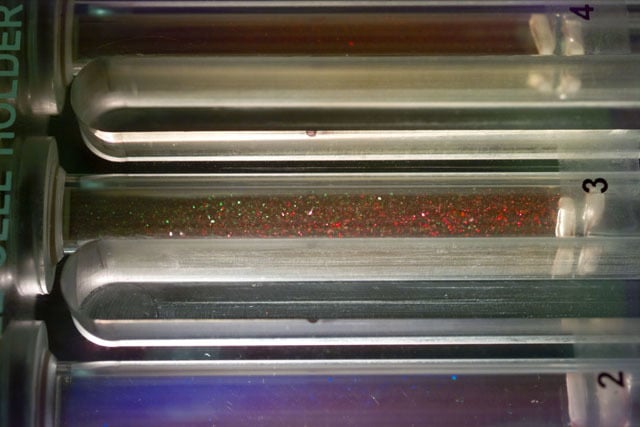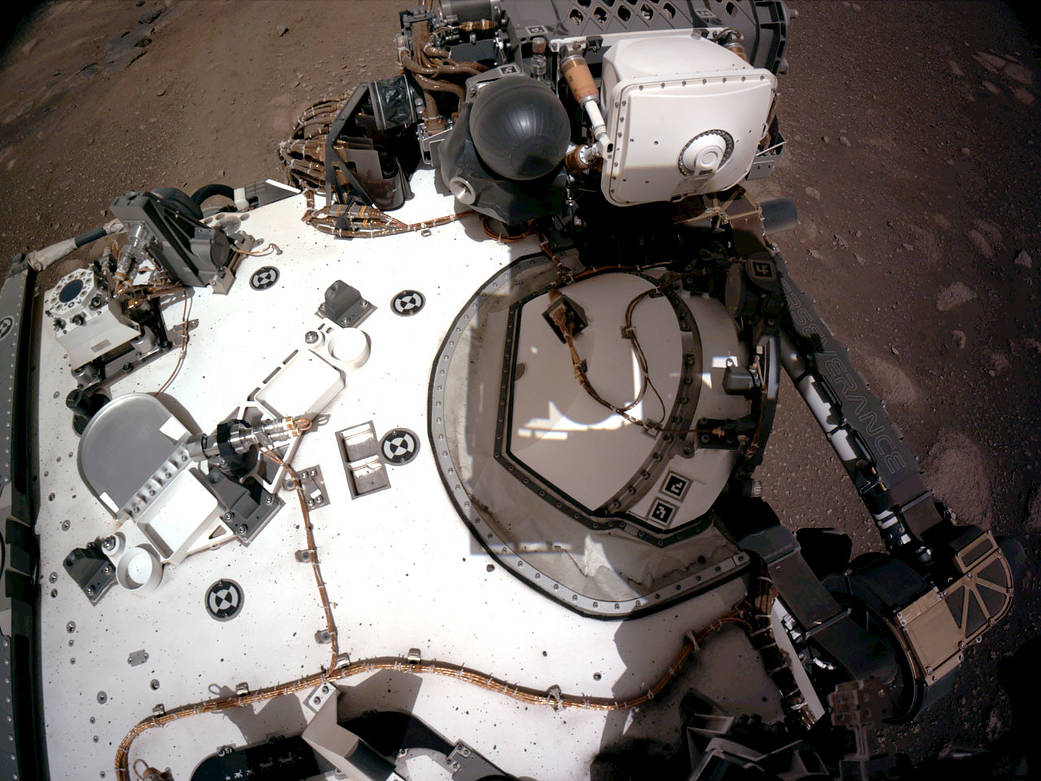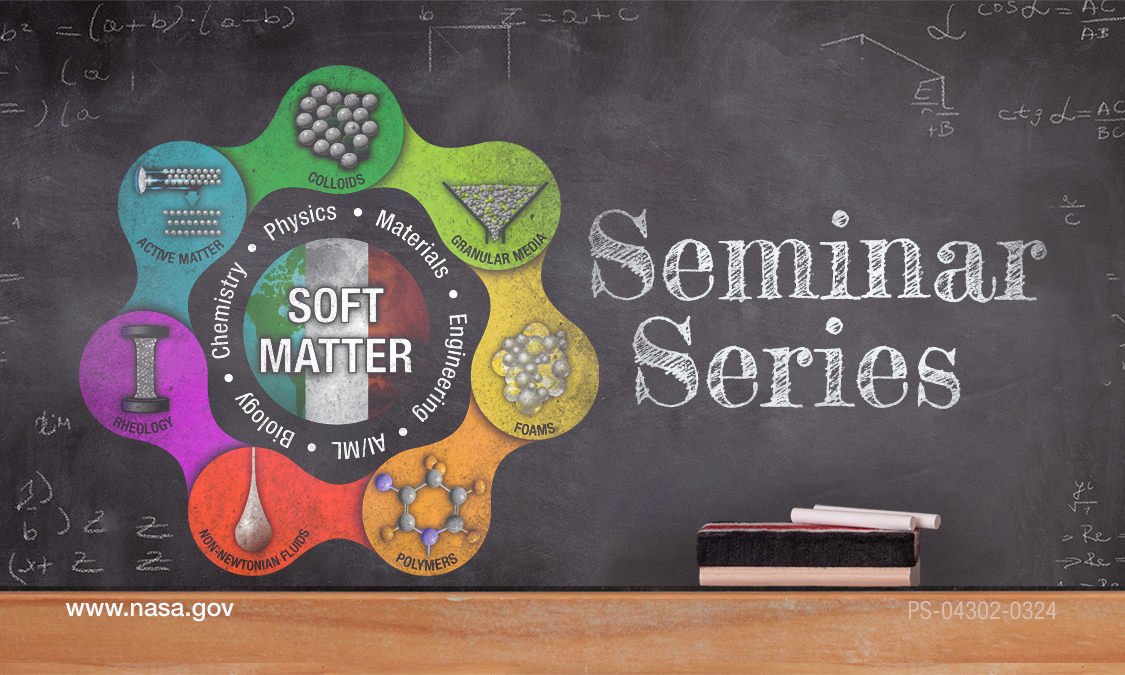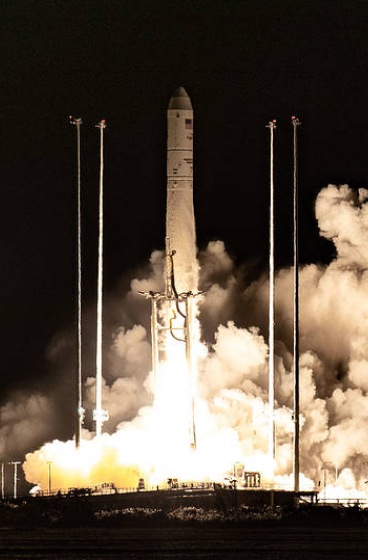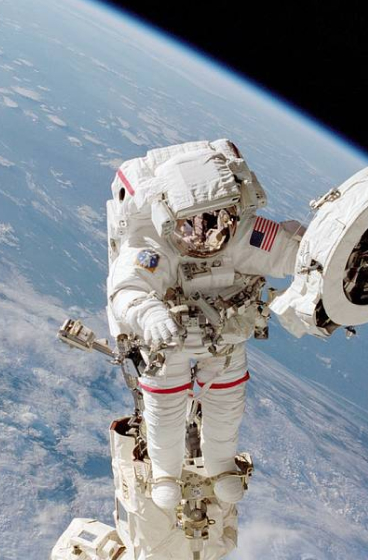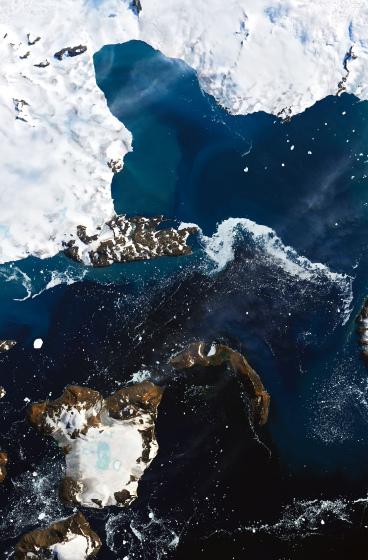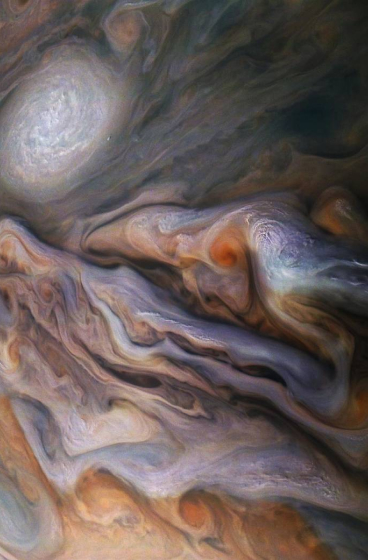Soft Matter
Explore Soft Matter being performed at Glenn Research Center in Cleveland, Ohio.
Learn More about Soft Matter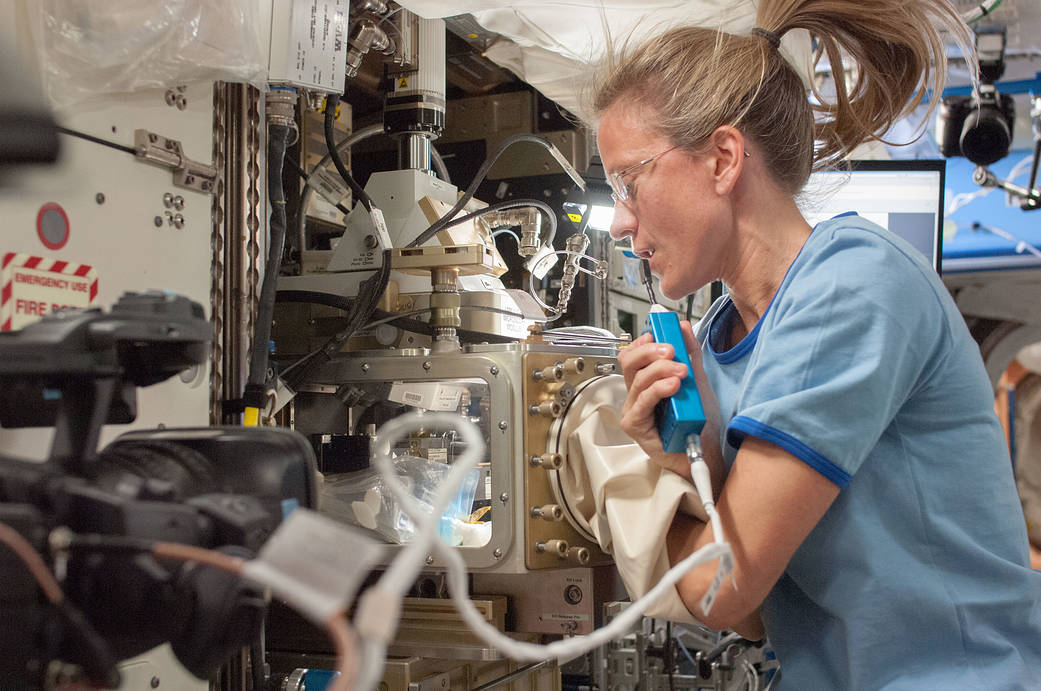
Overview
The Soft Matter Discipline studies binary mixtures that consist of liquid-solid, liquid-liquid or model liquid-gas phases. Research areas include colloidal systems, liquid crystals, foams, gels, emulsions and granular flows. This program includes soft condensed matter themes that span a variety of physical states that are easily deformed by thermal stresses or thermal fluctuations. In microgravity, sedimentation and convection masking effects are removed so that the interaction of the dispersed phase and the dispersion medium can be observed on a timescale not available on Earth.
Recent Soft Matter Experiments
Advanced Colloids Experiments (ACE)
To remove gravitational jamming and sedimentation so that it is possible to observe how order arises out of disorder and to learn to control this process. Small colloidal particles can be used to model atomic systems and to engineer new systems. Colloids are big enough (in comparison to atoms) to be seen and big enough and consequently slow enough that their evolution can be recorded with a camera. With a confocal microscope, templates and grids, we can observe this process in 3-d and learn to control it.
Learn More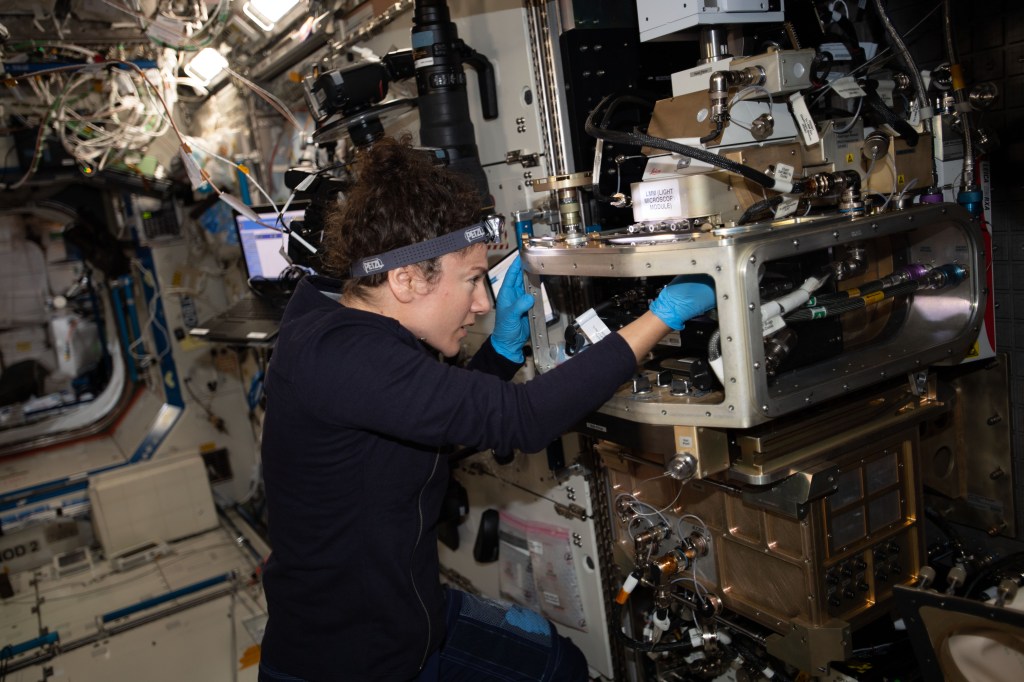
Light Microscopy Module (LMM)
The Light Microscopy Module (LMM) is a modified commercial, highly flexible, state-of-the-art light imaging microscope facility that provides researchers with powerful diagnostic hardware and software onboard the International Space Station (ISS).
Learn More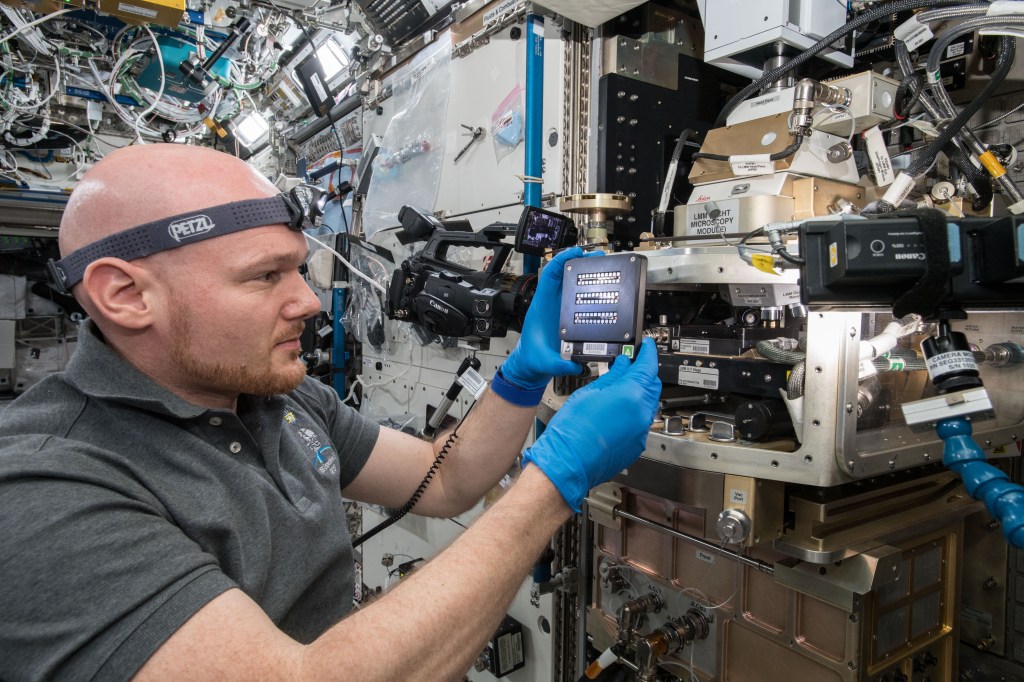
Light Microscopy Module (LMM)
The Light Microscopy Module (LMM) is a modified commercial, highly flexible, state-of-the-art light imaging microscope facility that provides researchers with powerful diagnostic hardware and software onboard the International Space Station (ISS). The LMM enables novel research of microscopic phenomena in microgravity, with the capability of remotely acquiring and downloading digital images and videos across many levels of magnification. The way that matter is organized and moves on the microscopic level profoundly affects the macroscopic world and an understanding of such processes helps scientists and engineers build more efficient materials and machines both for both the earth and space environments.
Learn MoreArchived Soft Matter Experiments

Binary Colloidal Alloy Test (BCAT)
The Binary Colloidal Alloy Test (BCAT) hardware supports four experiments. The first hardware, BCAT-3, consisted of three separate investigations, Binary Alloy (BCAT-3-BA), Critical Point (BCAT-3-CP) and Surface Crystallization (BCAT-3-SC), which were delivered to the International Space Station (ISS) during expedition 8.

Investigating the Structure of Paramagnetic Aggregates from Colloidial Emulsions (InSPACE)
InSPACE is a microgravity fluid physics experiment that was performed on the International Space Station (ISS). The purpose of this investigation is to obtain fundamental data of the complex properties of an exciting class of smart materials termed magnetorheological (MR) fluids.

Shear History Extensional Rheology Experiment (SHERE)
The resistance of a fluid to an imposed flow is termed ‘viscosity’, and it is a fundamental material parameter by which manufacturers and end-users characterize a material. Normally, researchers place a material in a commercial instrument that imposes a simple rotational shearing flow and obtains a rate-dependent shear viscosity.
NASA Glenn History of Soft Matter Timeline
Pre-ISS experiments
- Colloidal Disorder/Order Transition (CDOT)
- CDOT-1 Dates 1995
- CDOT-2 Dates 1998
- Physics of Hard Spheres Experiment (PHASE) Dates 1997
- Colloidal Gelation (CGEL) Dates 1998
- Binary Colloidal Alloy Test(s) (BCAT) 1, 2 Dates 1996 (BCAT1) and 1997(BCAT2)
- Extensional Rheology Experiment (ERE) Dates 7/2000
Start of ISS Experiment
- Physics of Colloids in Space (PCS) Dates 4/2001 – 3/2002
- Investigating the Structures of Paramagnetic Aggregates from Colloidal Emulsions (InSPACE)
- InSPACE 1 Dates 2003
- InSPACE 2 Dates 2008 and 2009
- InSPACE 3 Dates 2013
- Shear History Extensional Rheology Experiment (SHERE)
- SHERE 1 Dates 2008
- SHERE 2 Dates 2011
- Binary Colloidal Alloy Test(s) (BCAT)
- BCAT-3 Dates 11/2005 – 1/2006
- BCAT-4 Dates 10/2009
- BCAT- 5 Dates 10/2010 – 3/2011
- BCAT-6 Dates 5/2012 – 7/2012
- BCAT 5 led to ACE-T4
- Pre-Advanced Colloids Experiment (PACE)
- PACE
- LMM system check out test, not a science experiment
- PACE – 2 Dates 8/2011-12/2011
- Observation and Analysis of Smectic Islands In Space (OASIS) Dates 6/2015-3/2016
- Advanced Colloids Experiment – Microscopy (ACE-M)
- ACE-M1 Dates 3/2013, 6/2013 – 10/2013, 4/2014
- ACE-M2 Dates 6/2014-9/2014
- M2R 8/2018 and 9/2019
- ACE-M3 Dates 11/2014-5/2015
- Advanced Colloids Experiment – Heated (ACE-H)
- ACE-H1 Dates 6/2015
- ACE-H2 Dates 1/2016-3/2016
- Advanced Colloids Experiment – Temperature Controlled (ACE-T)
- ACE-T1 – Janus Particles Dates 9/2016 – 1/2017, 4/2017, 9/2021 – 10/2021
- ACE-T2 – Critical Casimir Forces Dates 8/2018 – 10/2018, 4/2021-6/2021
- ACE-T4 – Colloidal Gel Dates 5/2020 – 9/2020
- ACE-T5 – Bijels Dates 11/2019 – 1/2020, 7/2021 – 8/2021
- ACE-T6 – Colloidal Stabilizers Dates 2/2018 – 4/2018, 10/2019 – 11/2019
- ACE-T7 – Cubes Dates 5/2018 – 6/2018, 11/2018
- ACE-T9 – Magnetic Chains Dates 4/2018, 8/2021 – 9/2021
- ACE-T10 – Colloidal Gel Dates 6/2019 – 9/2019
- ACE-T11 – Hard Spheres Dates 11/2020 – 12/2020, 6/2021 – 7/2021
- ACE-T12 – Nanoparticle Haloing Dates 5/2019 – 6/2019, 2/2021 – 4/2021
- ACE-TR – Ellipsoids Dates 9/2020 – 10/2020, 1/2021 – 2/2021






























